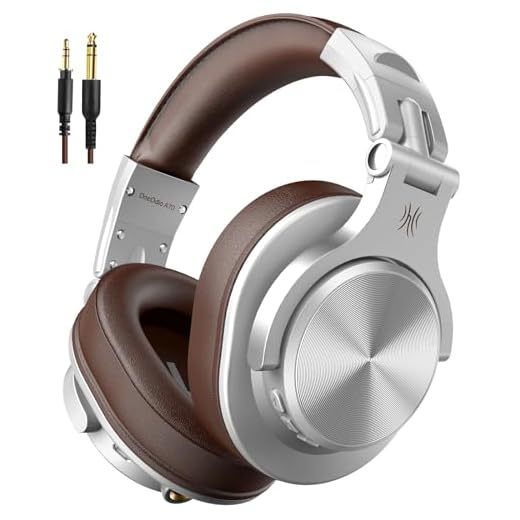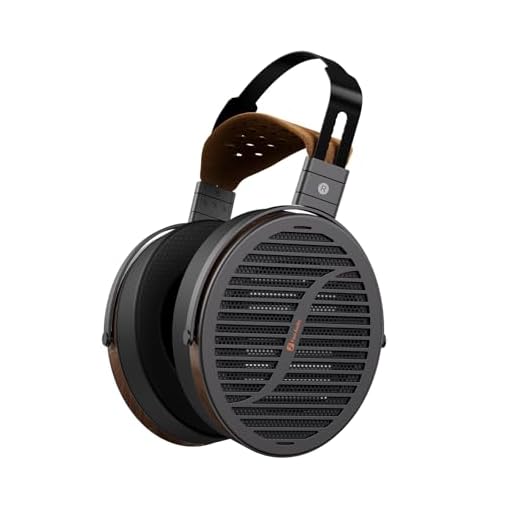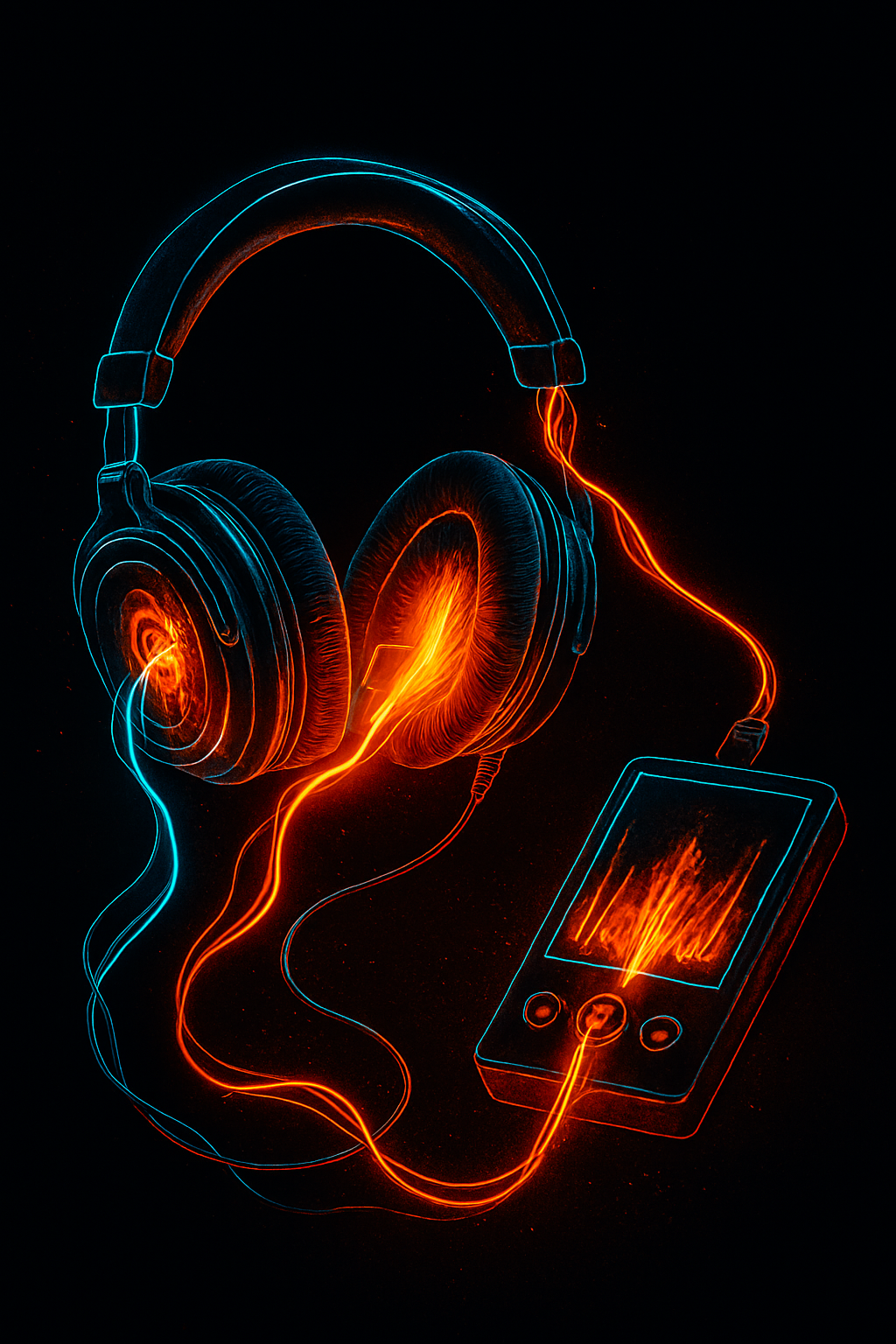In an age of wireless everything, it’s tempting to believe that Bluetooth headphones have caught up. They’re convenient, sleek, and increasingly marketed as “hi-fi.” But spend a few minutes with a well-mastered track on a decent pair of wired headphones, and the illusion crumbles. The difference isn’t just technical—it’s emotional.
Take Chris Rea’s Josephine (2019 Remaster). On Bluetooth, it’s pleasant enough. But switch to a wired connection, and the song blooms. The bassline gains contour, the hi-hats shimmer with air, and the vocal sits in a phantom center that feels sculpted rather than smeared. The soundstage opens like a curtain, revealing not just instruments, but the space between them.
Or consider Pink Floyd’s Keep Talking (Live). The studio version is iconic, but the live rendition—especially through wired cans—offers a depth that Bluetooth simply can’t deliver. You hear the crowd, the reverb off the stage, the interplay of guitar and synth as distinct voices in a conversation. It’s not just louder; it’s more alive.
🧠 Why Bluetooth Still Falls Short
Even with advanced codecs like aptX HD, LDAC, and LHDC, Bluetooth remains a bottleneck. These codecs do improve bandwidth and reduce latency, but they still rely on compression—lossy algorithms that discard audio data to fit within transmission limits. That means subtle harmonics, ambient decay, and microdynamics often get shaved off.
Wired headphones, by contrast, deliver uncompressed audio directly from the source. There’s no encoding, no decoding, no negotiation between devices. Just pure signal. And because wired connections allow for higher current delivery, they can drive larger drivers—like 50 mm Neodymium units—with greater authority. The result? More volume at lower software levels, tighter bass, and clearer transients.
Bluetooth is fine for commutes, workouts, and casual listening. But for those moments when music becomes a ritual—when you want to feel the breath behind the bow or the decay of a cymbal—wired is still the way. It’s not nostalgia. It’s fidelity.
🔍 Try This at Home: A/B Test Your Music
Choose a pair of headphones that support both wired and Bluetooth modes—or a wired-only classic for reference. Cue up a well-mastered track like Josephine (2019 Remaster) or Keep Talking (Live). Listen first over Bluetooth. Then plug in.
Notice the shift:
- 🎶 Vocals gain presence
- 🥁 Instruments separate and breathe
- 🌌 The soundstage expands
Recommended headphones for this test:
| Headphone | Type | Why It’s Great |
|---|---|---|
| OneOdio A70 | Wired + Bluetooth | Budget-friendly, 50 mm drivers, great for direct A/B testing |
| Sony MDR7506 | Wired only | Studio staple, legendary clarity and detail |
| Sennheiser HD 599 | Wired only, open-back | Expansive soundstage, ideal for immersive listening |
| Fosi Audio i5 | Wired only, planar magnetic | Ultra-large diaphragm, rich imaging and separation |
Wired wins. Every time.




Even with a high-end music source like an Astell&Kern DAP, Bluetooth headphones override the DAC and reduce audio quality—because the headphone itself becomes the final digital-to-analog converter.
Let’s expand the editorial with this crucial insight:
🧠 Why Bluetooth Still Falls Short
Even with advanced codecs like aptX HD, LDAC, and LHDC, Bluetooth remains a bottleneck. These codecs improve bandwidth and reduce latency, but they still rely on lossy compression—discarding audio data to fit within transmission limits. That means subtle harmonics, ambient decay, and microdynamics often get shaved off.
But the real bottleneck goes deeper.
Even if you use a high-resolution digital audio player (DAP) like an Astell&Kern—renowned for its premium DACs and analog circuitry—the moment you switch to Bluetooth output, the headphone takes over. The DAP’s pristine signal is encoded, transmitted, and then decoded and re-converted by the Bluetooth headphone’s internal DAC and amp. In essence, the headphone becomes the final arbiter of sound quality.
And here’s the kicker: this is true even for expensive Bluetooth headphones. No matter how good the source, the wireless transmission forces a handoff to the headphone’s internal components, which are often optimized for power efficiency, not fidelity.
Wired headphones bypass this entirely. The signal flows directly from your source’s DAC to the drivers—no encoding, no decoding, no negotiation. You hear what the artist intended, shaped by the full character of your source gear.
Bluetooth is fine for commutes, workouts, and casual listening. But for those moments when music becomes a ritual—when you want to feel the breath behind the bow or the decay of a cymbal—wired is still the way. It’s not nostalgia. It’s fidelity.
🎼 The Final Note: Fidelity as a Form of Devotion
In the end, this isn’t just about cables and codecs. It’s about reverence—for the craft of recording, the nuance of mixing, and the emotional architecture of sound. Wired headphones don’t just transmit audio; they preserve intention. They honor the choices made in the studio, the placement of a mic, the breath before a lyric.
Bluetooth may offer convenience, but wired listening offers communion. It’s the difference between glancing at a painting and standing before it in silence. Between background music and a sonic embrace.
So plug in. Listen deeply. Let the music arrive not as data, but as presence.
Because fidelity isn’t just technical—it’s spiritual.

